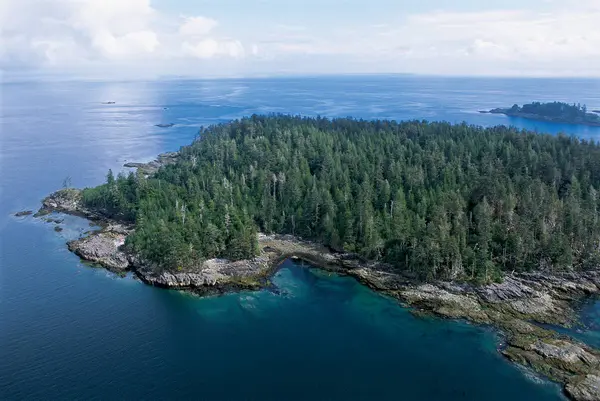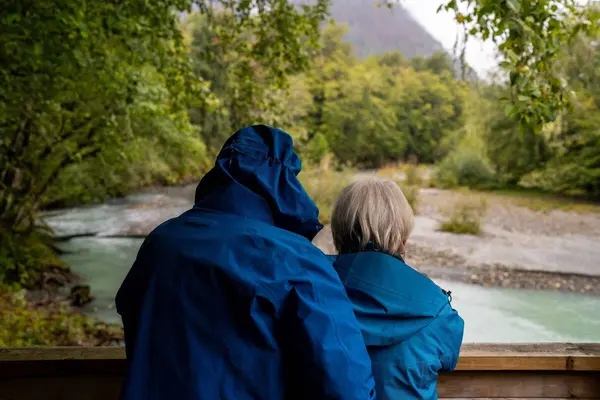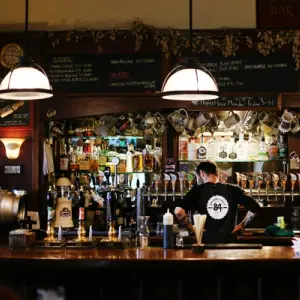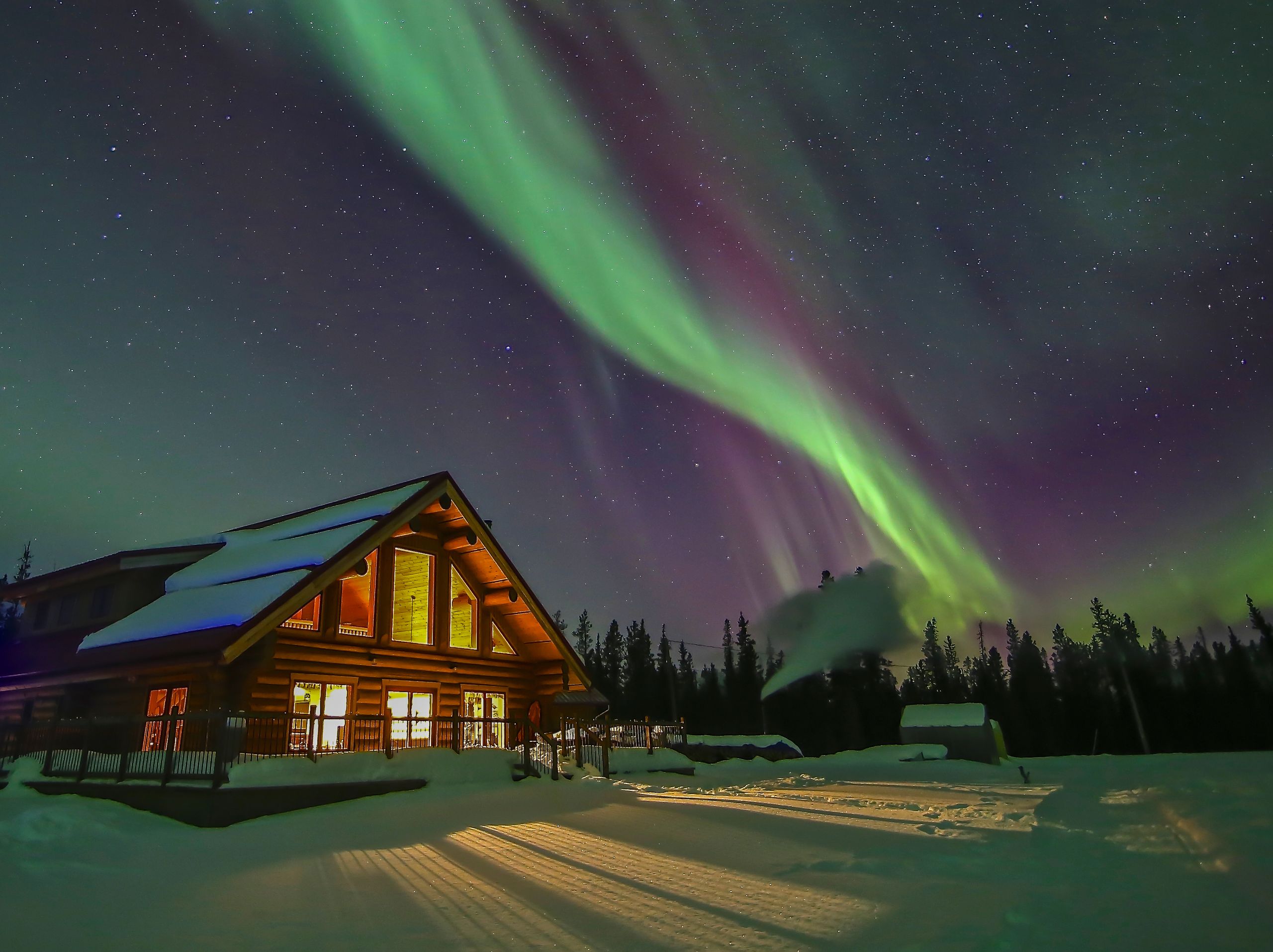
Guides
Chase The Chill: Sustainable Canadian Coolcations for Spring and Fall
What if your next escape was cooler—in every sense of the word? Across Canada, spring and fall are becoming prime times for eco-conscious travellers looking to avoid peak-season crowds. From polar bear sightings in Churchill to golden larches in the Rockies, coolcations offer a chance to explore Canada's natural wonders more mindfully.
Share
As rising temperatures and overcrowding continue to impact popular destinations, the coolcation trend of opting for cooler, less-crowded places continues to gain traction. The term, first coined in 2024, doesn’t necessarily mean swapping summer for winter, though it can. More so, it can also mean embracing destinations during times when the air is fresh, fewer crowds exist, making for quieter experiences and stunning seasonal transformations are underway.
Coolcations are green options, too. The-formerly-known-as-shoulder-season, is a sustainable choice as it eases the strain on over-visited areas and promotes responsible tourism. By spreading travel across seasons, coolcations help protect the environment, put less pressure on ecosystems, support local communities and businesses, and encourage nature-based activities like ethical wildlife viewing and Indigenous-led experiences. Prioritizing conservation-focused offerings and avoiding high seasons, seasonal travel also promotes slow travel and less energy consumption.
Enter Canada – a country full of amazing landscapes, diverse wildlife and distinct seasonality, making exploring during spring’s first blooms or the falling foliage of autumn, ideal. Here are some ideas to get you started on designing an eco-friendly, coast-to-coast coolcation in Canada.
GO WEST!
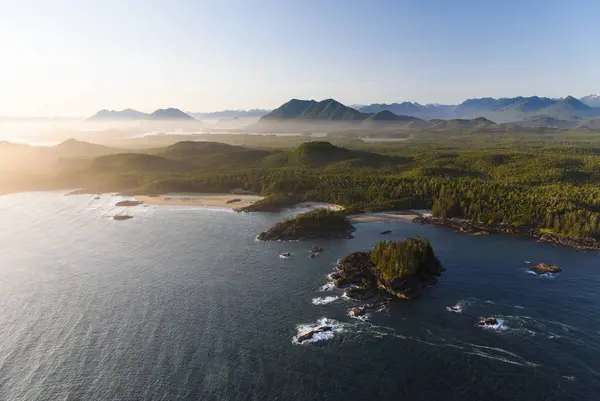
Spring in Tofino, British Columbia, brings the tail end of storm-watching season and gray whale migrations. Discover idyllic and peaceful temperate rainforests or join an Indigenous-led wildlife tour. Fall is the best time for grizzly bear spotting. Choose a remote getaway to an Indigenous-owned eco lodge like Klahoose Wilderness Resort or a tour with Haida Gwaii operators. Both are eco-friendly trips, tying in ethical wildlife viewing, cultural immersion and regenerative tourism.
Beat the summer crowds with quiet hikes in Jasper, Alberta, before the flocks of visitors arrive. Spring is sublime with blooming wildflowers and the emergence of wildlife. Meander through golden larch forests to revel in the forest’s fall transformation or enjoy a night of stargazing during the Jasper Dark Sky Festival. Plan a low-impact stay in a Parks Canada oTENTik or visit the Columbia Icefield to participate in a guided glacier conservation education tour.
DON'T SKIP THE PRAIRIE PROVINCES!
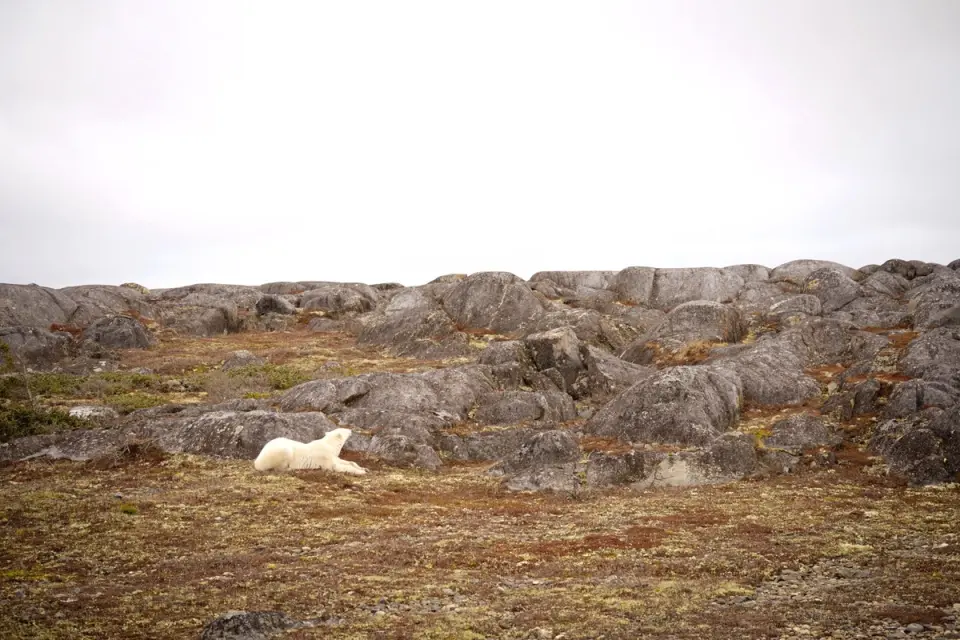
Spring in sprawling Grasslands National Park in southwest Saskatchewan offers sights of unexpected blossoms, from lady slippers to pin-tail cactus, roaming bison and the country’s last stronghold of black-tailed prairie dog colonies. The area also home to some of the country’s best stargazing opportunities, thanks to a lack of light pollution. Join a Parks Canada-led tracking program in the park to learn about species reintroduction and habitat restoration.
In neighbouring Manitoba during late spring, the Hudson Bay’s chilly waters feature one of the country’s most incredible seasonal spectacles when over 60,000 beluga whales begin to migrate to feed, moult and give birth. Meanwhile, Churchill is hands down the place for prime-time polar bear viewing in fall, just prior to the waters freezing over. Opt for conservation-first lodging at Nanuk Polar Bear Lodge, which integrates energy and wildlife education.
RETREAT EAST!
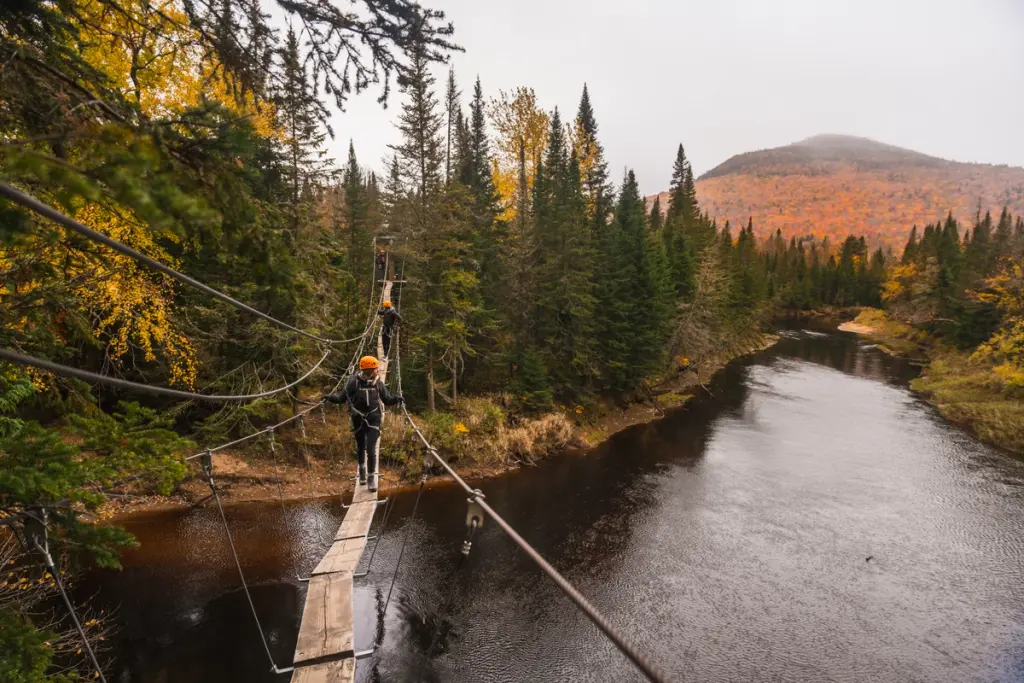
Maple leaves and Canada go hand in hand, and spring in Mont Tremblant, Quebec means verdant forests and sugar shack feasts during maple-syrup season. As fall arrives, so does the fiery red transition of maple trees, adding to the seasonal beauty, making it one of Canada’s top autumn destinations. Stay in a carbon-neutral, off-grid cabin in the Laurentians and sign up for an eco retreat, try forest-bathing or take a guided forest walk designed to promote conservation awareness.
Perhaps your best bet to see a moose in Canada is on a misty lake in Algonquin Park, Ontario, during spring when it’s not hard to spot the gentle giants. The park’s Lookout Trail provides a panoramic view and showcases autumn’s spectacular colours when the leaves of sugar maples, red maples, poplars, tamaracks and red oaks, turn vibrant shades. Seeking an authentic cultural experience? Check out offerings from the Algonquin First Nation, and to lessen your carbon footprint, use Parkbus, a sustainable transportation option.
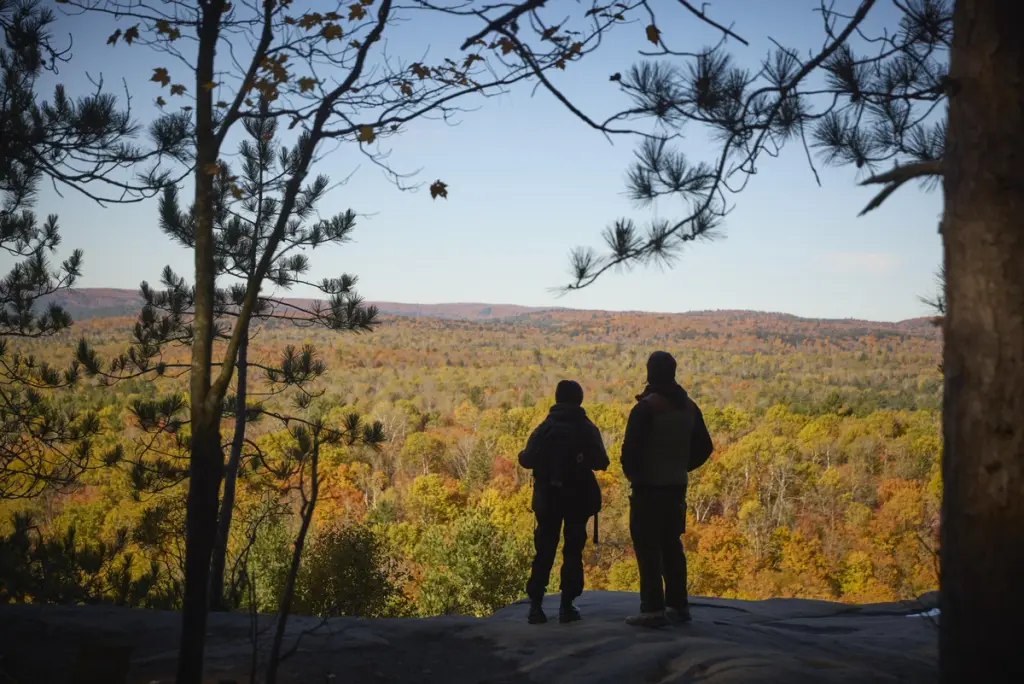
Hike along blooming lupins while weaving your way along Cape Breton’s Cabot Trail in Nova Scotia, and keep an eye out for humpbacks returning to the coast. A visit during the quieter off season makes exploring usually busy trails like the Skyline much more intimate and enjoyable. Celebrate the island’s traditional culture at the Celtic Colours International Festival or enlist in a tour to learn about the Mi’kmaq heritage and Acadian history of the region.
The chance to see massive icebergs drifting along the coastlines of Twillingate and Bonavista, Newfoundland, in spring is high. Kayak among the icy nomads or to see the best of Newfoundland wildlife, go puffin and whale spotting in Witless Bay. During fall, hike the quiet trails of Gros Morne National Park’s majestic forests and fjords. Learn about marine wildlife conservation efforts or join an eco-certified guided tour. Choose local accommodations or plan a stay at Fogo Island Inn, a renowned leader supporting local communities and sustainability practices.
NORTHERN ADVENTURES
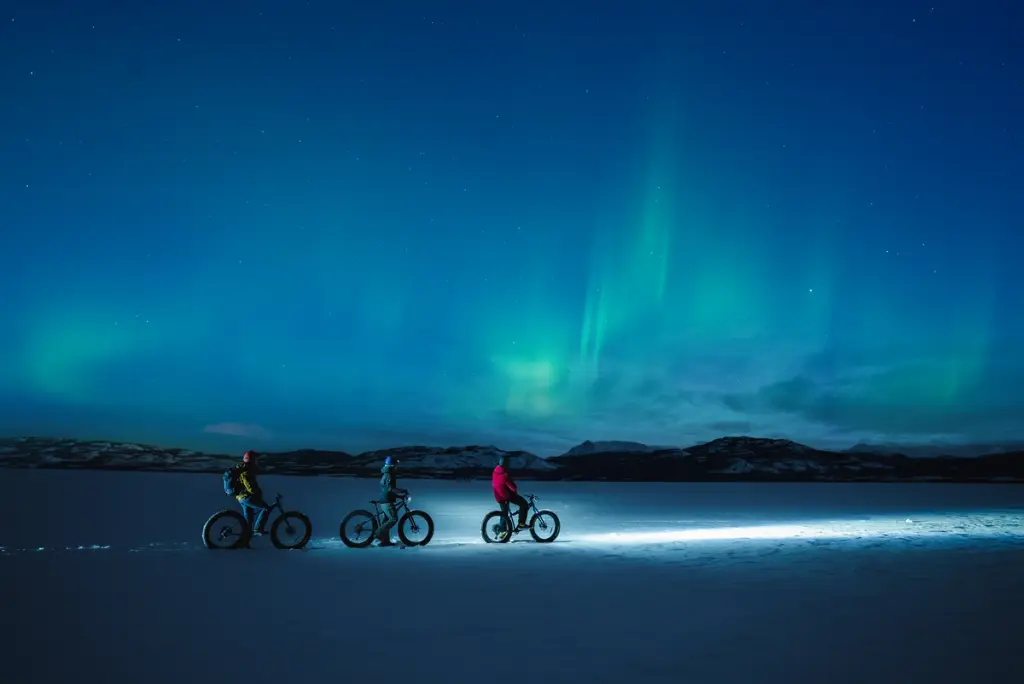
The North is one of Canada’s most reliable regions for aurora viewing, and in spring, Whitehorse, Yukon, offers one of the last chances to see the northern lights before summer’s midnight sun takes over. However, don’t worry, as the aurora soon returns in fall as the tundra turns red and gold. Choose a solar-powered, off-grid cabin or stay at an Indigenous-owned lodge to engage in cultural knowledge sharing and community-based experiences.
PLAN YOUR COOLCATION TODAY
It’s easy to plan an easygoing and fulfilling getaway while also practicing responsible travel. By choosing options like eco-friendly lodging, low-impact transportation and activities bolstering opportunities for learning and volunteerism, coolcations can be both cool and meaningful. So, whether you choose to hike among golden larches, go bear or moose spotting, stargazing or storm watching, electing for a sustainable trip is a mindful way to explore Canada’s beauty.
Are you ready to chase the chill—responsibly?

Jenn Smith Nelson
Contributor
Jenn Smith Nelson is an award-winning freelance travel writer, photographer and author. She’s contributed hundreds of articles to outlets including enRoute, Toronto Star, Globe and Mail, Canadian Geographic, explore, Best Health, Birding and more. Jenn often writes about the intersection of travel and wildlife, adventure, wellness and connection. She co-authored her first book 110 Nature Hot Spots in Manitoba and Saskatchewan, in April 2019, and has contributed to others.
